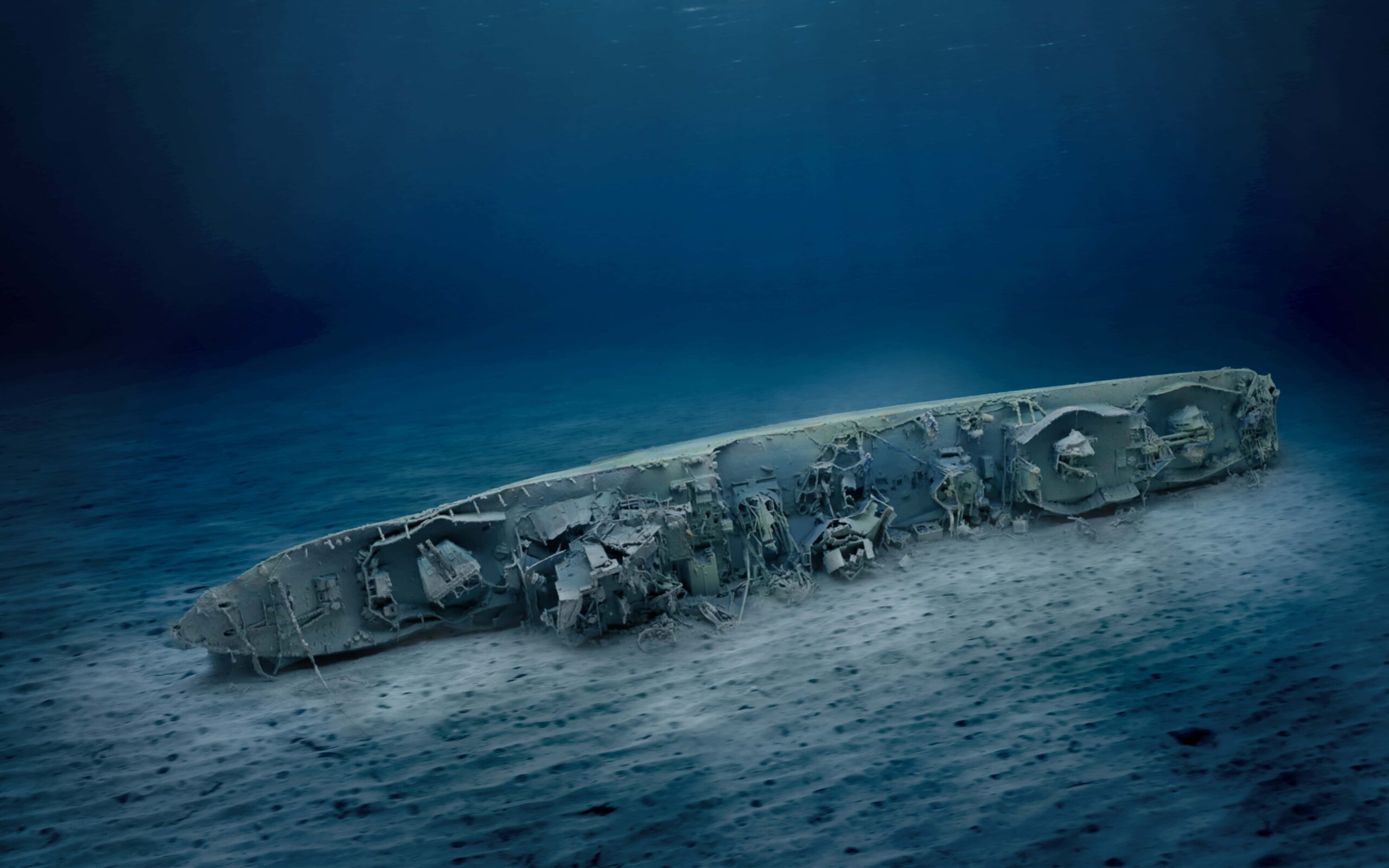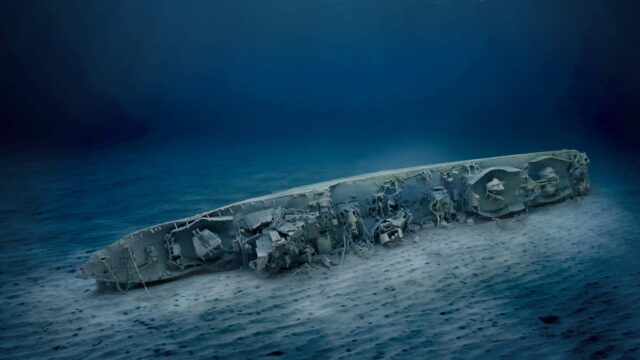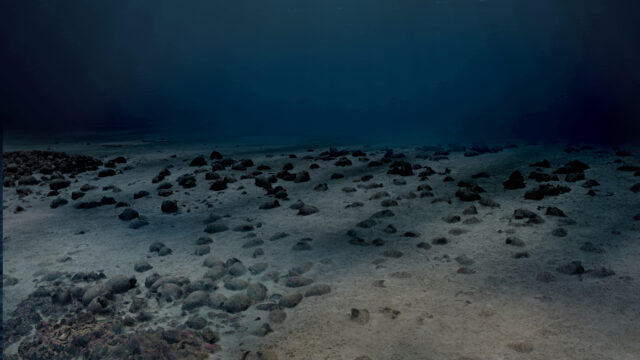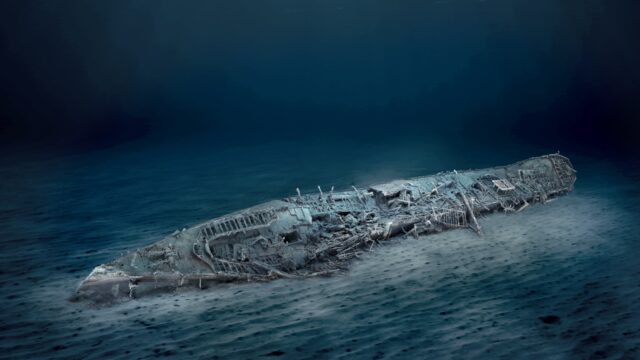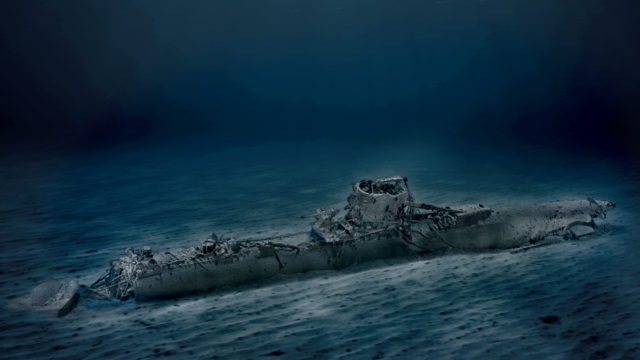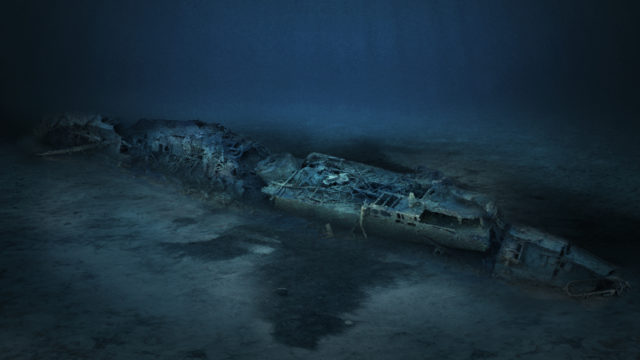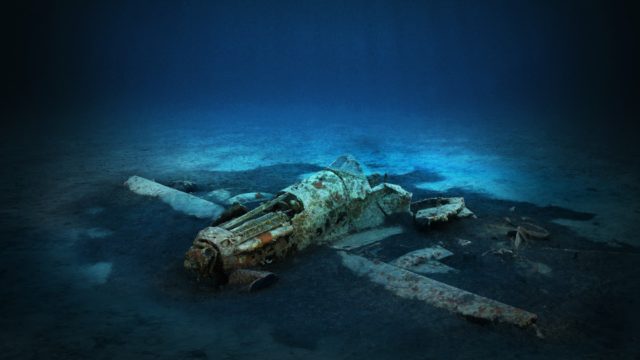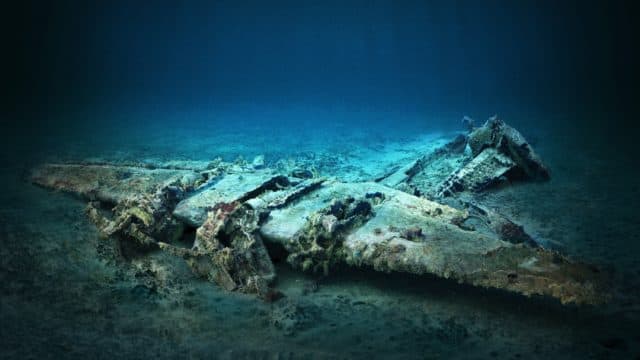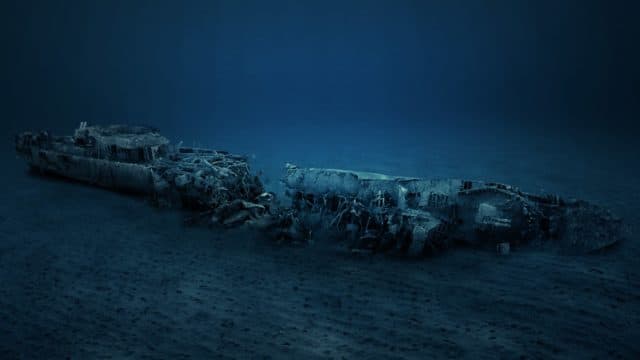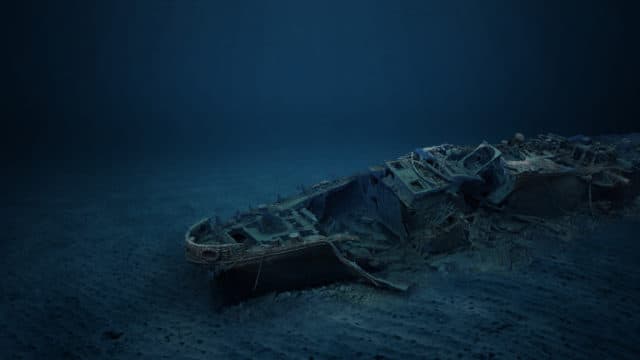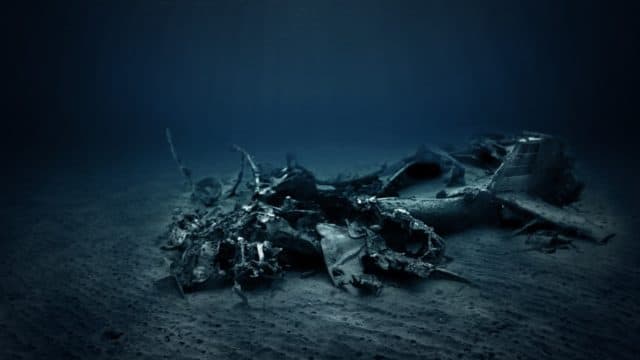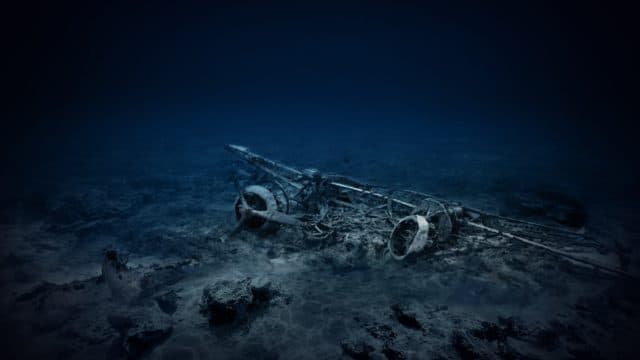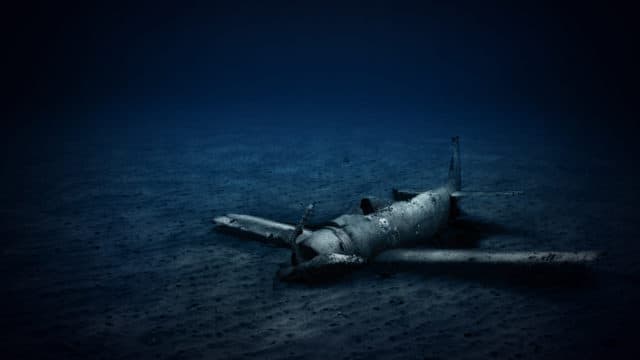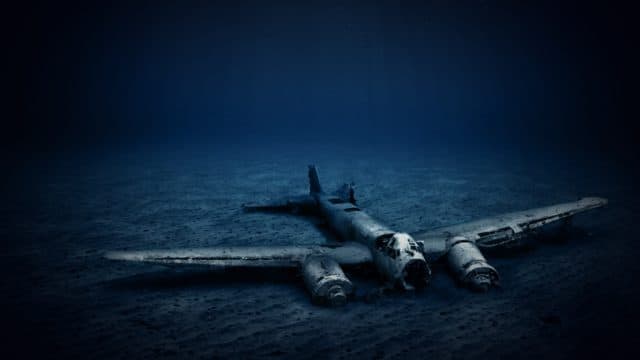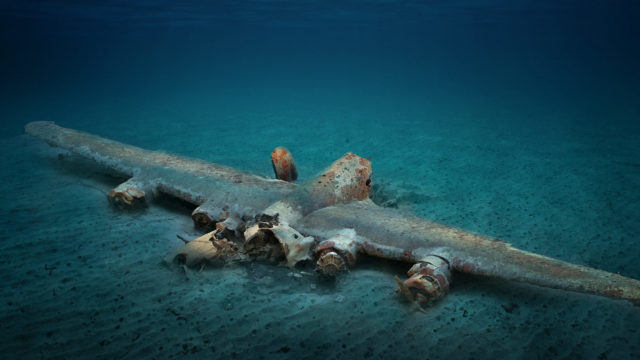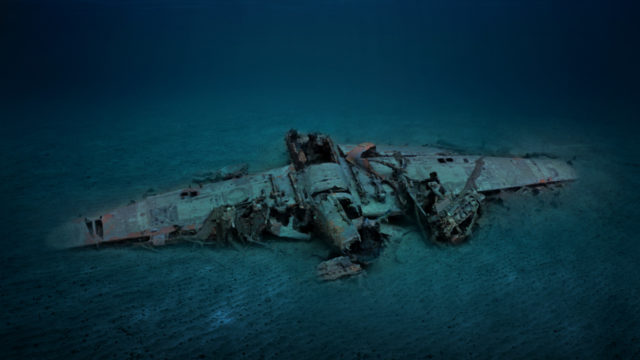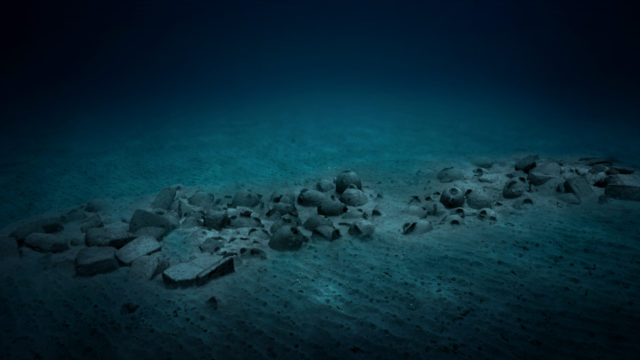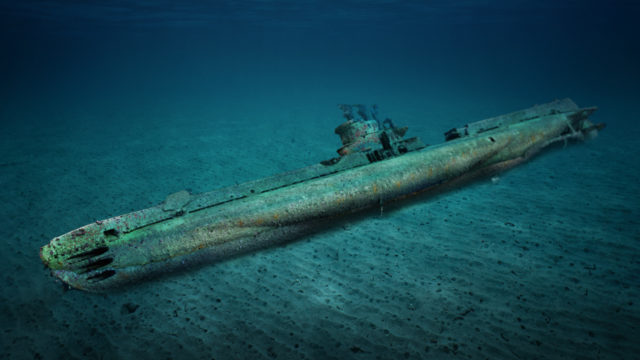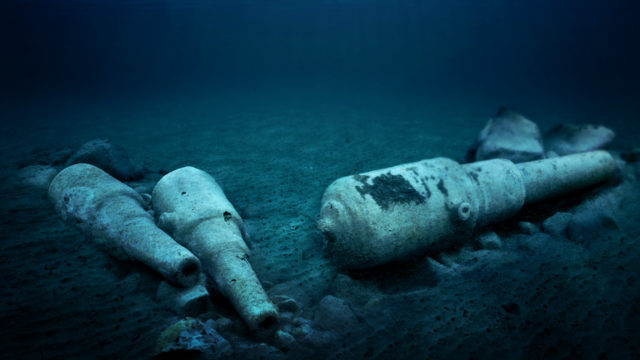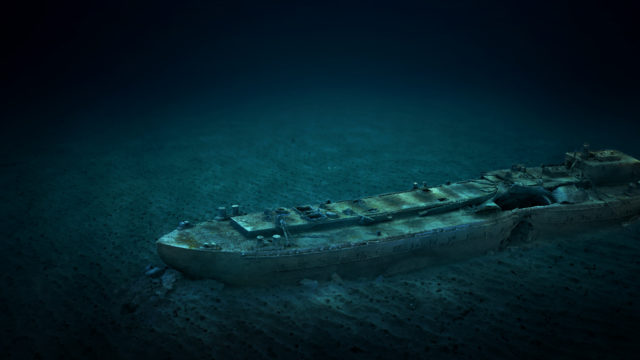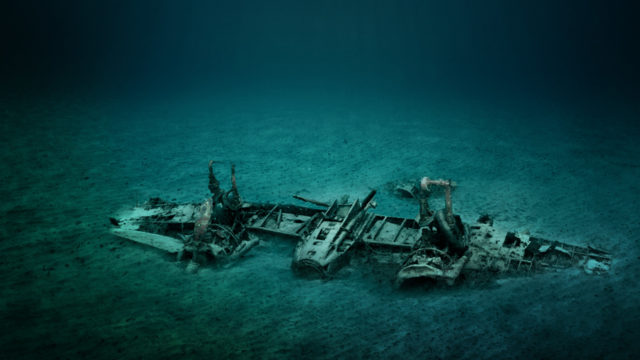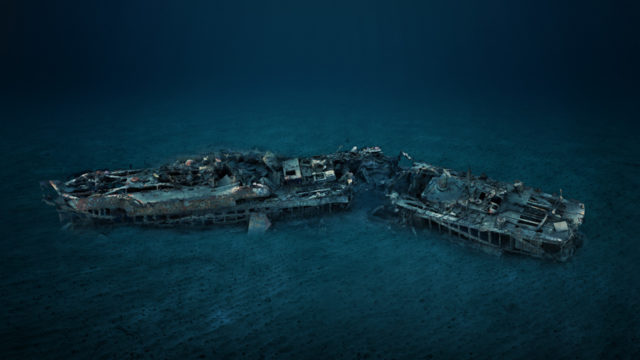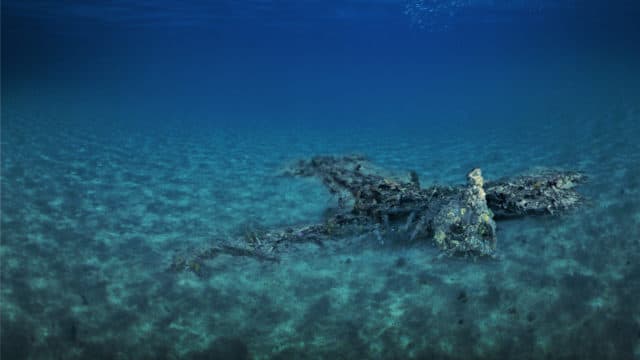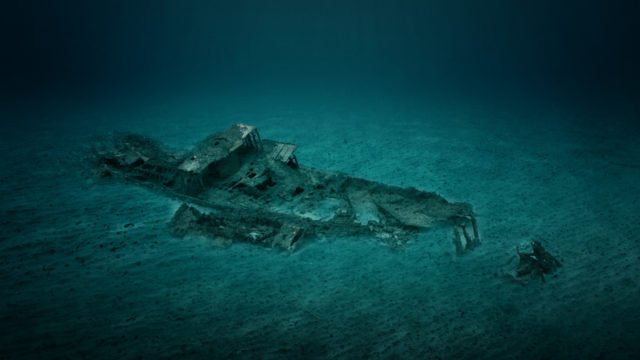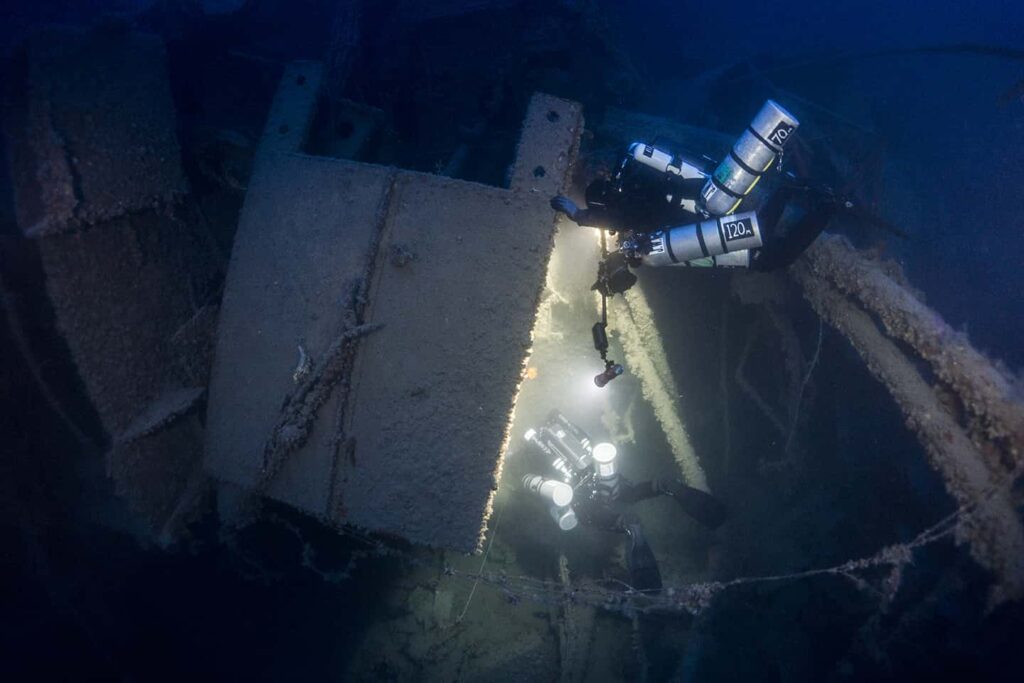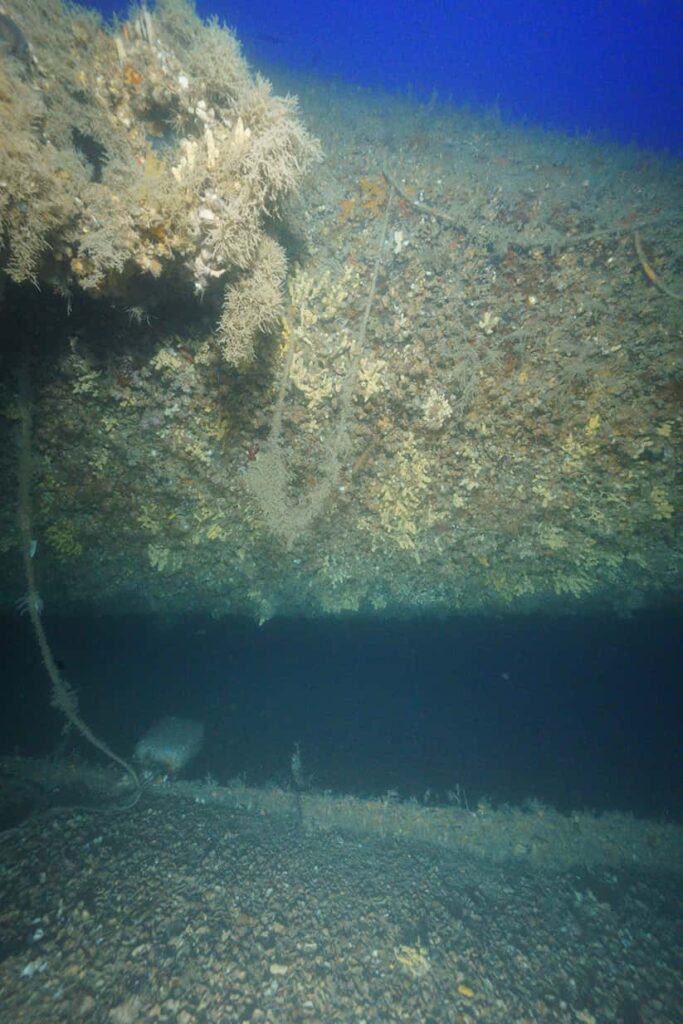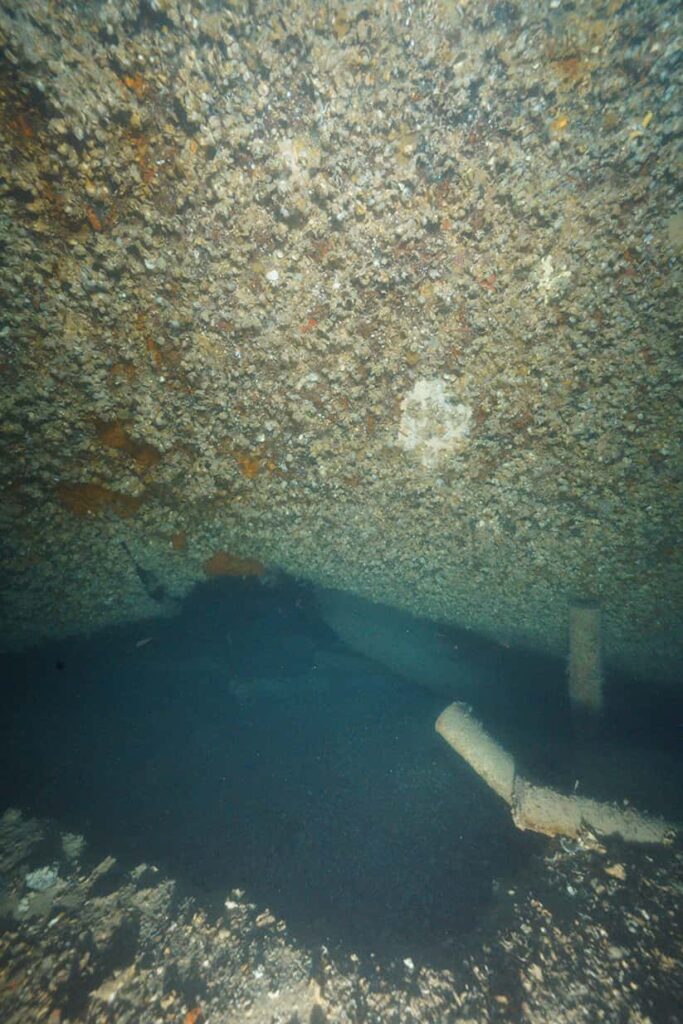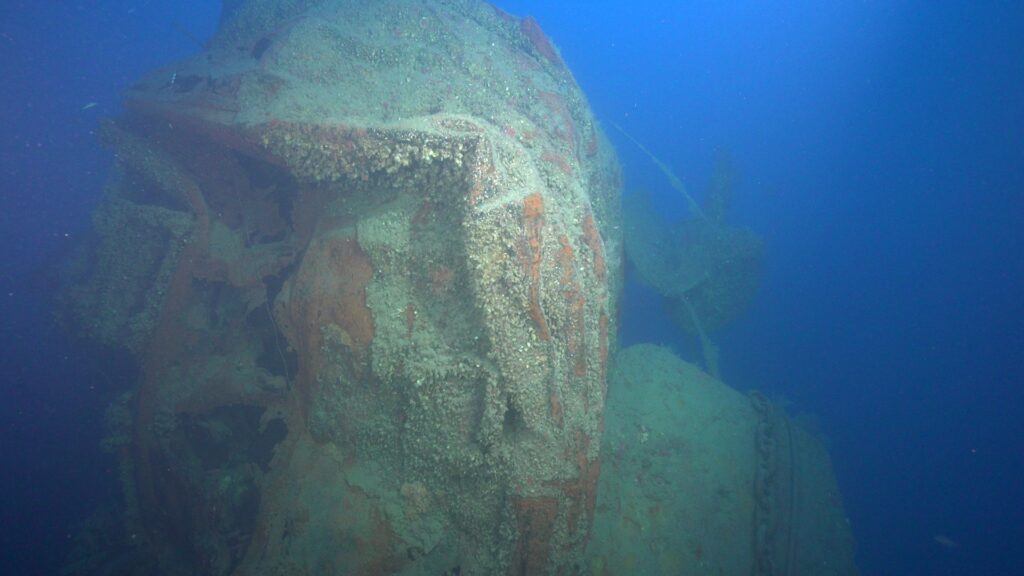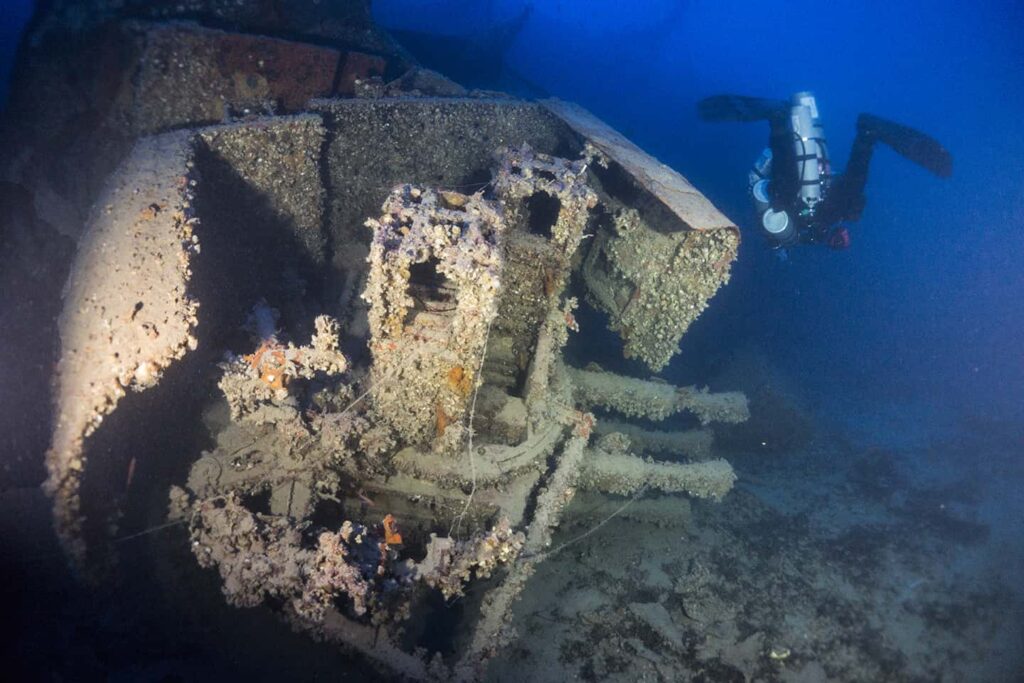ORP Kujawiak (L72)
ORP Kujawiak (L72)
ORP Kujawiak (L72) was a Polish destroyer of the Second World War. Launched in October 1940 as the Royal Navy escort destroyer HMS Oakley, by June 1941, the L72 was commissioned into the Polish Navy and renamed ORP Kujawiak. The designation ORP translates to “Ship of the Republic of Poland”.
The invasion and subsequent defeat of Poland in September 1939 resulted in the formation of a Polish government in exile, first in France and later in the UK. Polish forces continued to actively support the Allied war effort, including the Polish Navy. Several escort destroyers, cruisers, and submarines were leased to the Polish Navy, which participated in various theatres of war escorting Allied convoys in the Atlantic, Mediterranean and North Seas. Amongst those vessels leased was the L72 which was a type II Hunt-Class destroyer, developed specifically for escort duties and armed for anti-submarine and anti-aircraft warfare with depth chargers and anti-aircraft guns like the pom-pom 2-pounder guns.
In June 1941, ORP Kujawiak left the shipyard with a Polish crew and under the command of Captain Ludwik Lichodziejewski and by May 1942, the destroyer was sent to the Mediterranean theatre for escort duties. As the only Allied air and naval base between Gibraltar and Alexandria, Malta was a major target for Axis aerial and submarine attacks, becoming the most bombed country in the world between 1940 and 1942. Malta, described as the unsinkable aircraft carrier by Winston Churchill, became a strategic base from which Allied forces continuously interrupted Axis supply chains across the central Mediterranean. With the arrival of the German II Fliegerkorps in Sicily in late 1941 came the unrelenting bombing raids of 1942, with the first 6 months seeing only a single day without any raids. A primary objective of Axis forces was the complete blockade of all attempts at re-supplying the island, and between December 1941 and May 1942 Allied shipping suffered major losses and Malta and its inhabitants were left with dwindling supplies, making the safe arrival of supply convoys a priority.
Operation Harpoon was one of two simultaneous convoys sent to supply Malta, east-bound from Gibraltar and the second convoy, Operation Vigorous, west-bound from Alexandria. Operation Harpoon was comprised of six merchant ships and 10 destroyers that sailed from Britain to Gibraltar where they were joined by Force X – an anti-aircraft cruiser, five destroyers, four escort destroyers, and four minesweepers. ORP Kujawiak was one of the escort destroyers. The convoy departed Gibraltar on 12 June 1942, entering the western mediterranean basin where they were met by Force W – a battleship, two aircraft carriers, three light cruisers, and eight destroyers. The convoy was immediately spotted, but the first attacks would come on 14 June by Italian submarines, followed by aircraft raids that resulted in the loss of one merchantman and damage to a cruiser. The next day would see further attacks with three more cargo ships and the destroyer HMS Bedouin lost. By the evening of 15 June, the convoy was limping around the southeastern coast of Malta and approaching the relative safety of Valletta, when the remaining merchant vessels and their escort entered a newly laid minefield on the approaches to the harbour. Three destroyers and a minesweeper were damaged, with ORP Kujawiak sustaining major structural damage. The Polish warship sunk, resulting in the loss of 13 Polish servicemen. Of the six cargo vessels that left Gibraltar, only two made it to Malta. The supplies that made it, some 15,000 tons of fuel, ammunition, and food, were welcome but effectively inadequate to restock the island.
In 2014, a joint Maltese-Polish team led by Peter Wytykowski, set out to uncover the location of ORP Kujawiak, and after only four days of survey a promising target was picked up by the side scan sonar. The target was a similar length to a Hunt-class destroyer, and after deploying a remote operate vehicle (ROV), video imagery was used to positively identify the wreck. In 2015, a joint expedition to commemorate the fallen servicemen was planned, and the aim was to assess the overall condition of the site and place a memorial plaque. Further expeditions were planned in 2016 and 2017, primarily to locate and recover the ship’s bell. In 2019, the wreck site of ORP Kujawiak was officially declared protected as an Archaeological Zone at Sea, with a 500-metre buffer zone. The site is now open to the diving public, with access managed by Heritage Malta’s Underwater Cultural Heritage Unit. In June 2022, a commemorative day was organised for the 80th Anniversary of the loss of ORP Kujawiak by the Polish Embassy to Malta and in close collaboration with the University of Malta.
Special thanks to the Polish Shipwreck Expedition Association for their commitment to locating, documenting, and commemorating the ORP Kujawiak and her crew.
 War Grave
War Grave 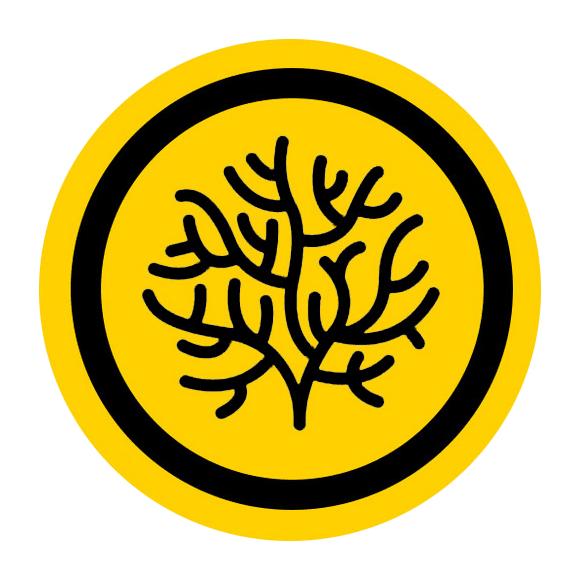 Marine Life
Marine Life 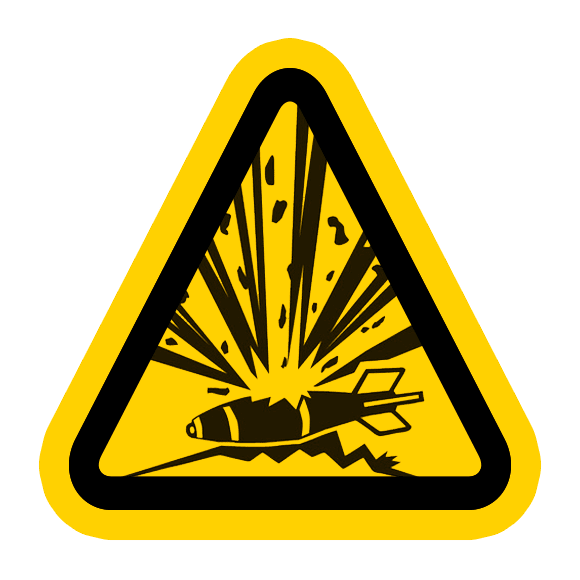 Unexploded Ammunition
Unexploded Ammunition The Wreck.
The wreck site of ORP Kujawiak is located approximately 6km off the coast of south-east Malta and lies at a depth of 97 metres. Lying on her portside, with her bow pointing southwards, the wreck is well-preserved. The hull is largely intact, and the destroyers’ main features are clearly visible. The bow of the wreck is also in good condition and the twin 102mm gun turret is completely undamaged. The bridge of the wreck is also well-preserved, whilst the funnel is not. The stern of the L72 shows signs of damage, but the rudder and propellers are intact. Many of the destroyers armaments, such as shell casings, ammunition, and depth chargers litter the seabed around the wreck.
